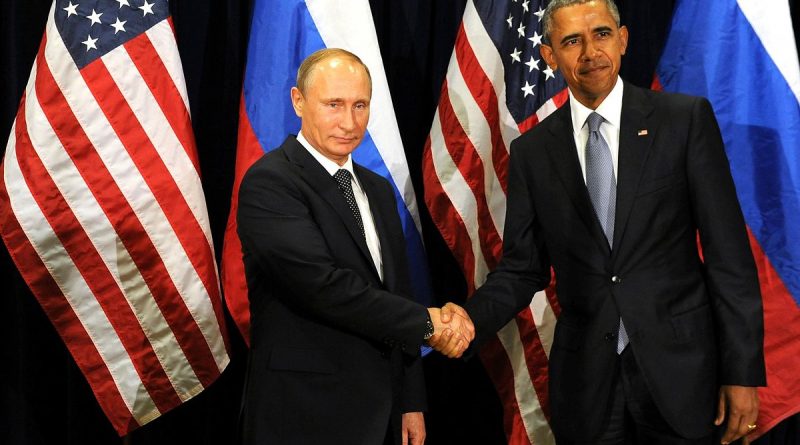Warming the Cold War: US-Russia Confrontation from a Military Perspective
Relations between the USA and Russia have soured dramatically in the last years, with the Ukrainian crisis and the war in Syria being just the latest, most important, points of political divergence between the two powers.
This geopolitical crisis can be easily seen through a military overview that takes into consideration the exercises that the Russian Army and the NATO alliance have been carrying out in the last months: these military exercises have contributed directly in the deterioration of the relations between the two countries.
NATO’s exercises in Easter Europe
Since September 26 until October 20, NATO performed six exercises – not all of them on the ground –, four of which took place in Eastern Europe; 14 more exercises are planned until the end of the year, one of which will take place in Latvia, focusing on cyber security.
Beside these exercises, NATO countries have performed 15 exercises between September 1 until October 20, five of which took place in Eastern Europe and two in the Baltic States; 11 more are planned until the end of the year, two of which will be hosted in Poland, two in Lithuania, and one more in the three Baltic Stats altogether.
The exercises in the Baltic States will be joined by NATO and allied military staffs. In addition to these manoeuvres, NATO countries lead by Poland performed the biggest military exercise since World War II, Exercise Anakonda, involving 31,000 personnel for 10 days. In this exercise non-NATO countries also took part, such as Finland, which considers Russian aggressive foreign policy a possible threat.
Russia’s response
On the Russian side, several military activities – such as drills and manoeuvres – have been performed in the last months. In September, more than 12,000 personnel of the Russian forces took part in the Kavkaz-2016 exercise. The exercise was held in Caucasus and Crimea, causing apprehension in Western Countries and especially in Ukraine.
In the beginning of October, the Iskander missile brigade – consisting of 50 units of weaponry and 500 personnel – has been deployed in the Russian exclave of Kaliningrad. Since the Iskander missile system can launch nuclear warheads, this exercise has been seen as a provocation and caused major concern in Eastern Europe and in Western countries. Finally, minor tactical exercises, in collaboration with the Serbian air force, took place near Belgrade.
For 2017, the Russian General Staff has already confirmed that the main command staff exercise, codenamed Zapad-2017, will be held in the western military district, possibly in collaboration with Belarusian forces, as in 2013.
A new Cold War?
In this context, the voice of the two powers rose, in many occasions, against each other. The Russian denounced American manoeuvres as deliberate provocations aimed at destabilizing the military-political situation in certain areas – as it happened in May in Georgia – or to justify their own manoeuvres as not aimed against a specific country – as in the case of Kavkaz-2016 – or in the case of the deployment of the Iskander Brigade in Kaliningrad.
On the other hand, NATO produced a document in which it justifies its expansion in Eastern European countries against Russian accusation of warmongering.
Military activities performed by NATO and the Russian Federation in Eastern Europe and Western Russia can be finally seen as a consequence of the tension that dominates the relations between Washington and Moscow. As this political tension grows, military activities thrive. From this point of view, a general call to diminish military activities in Europe would be useless if aimed at trying to ease the tensions between the two powers. Having this crisis a political background, once the USA and Russia will be able to find political compromises, the outcome will be a drop of military activities, in number as much as in intensity.
Vladimir Putin and Barak Obama, Photo by Kremlin / CC BY 4.0
![]() This work is licensed under a Creative Commons Attribution-NonCommercial-ShareAlike 4.0 International License.
This work is licensed under a Creative Commons Attribution-NonCommercial-ShareAlike 4.0 International License.




